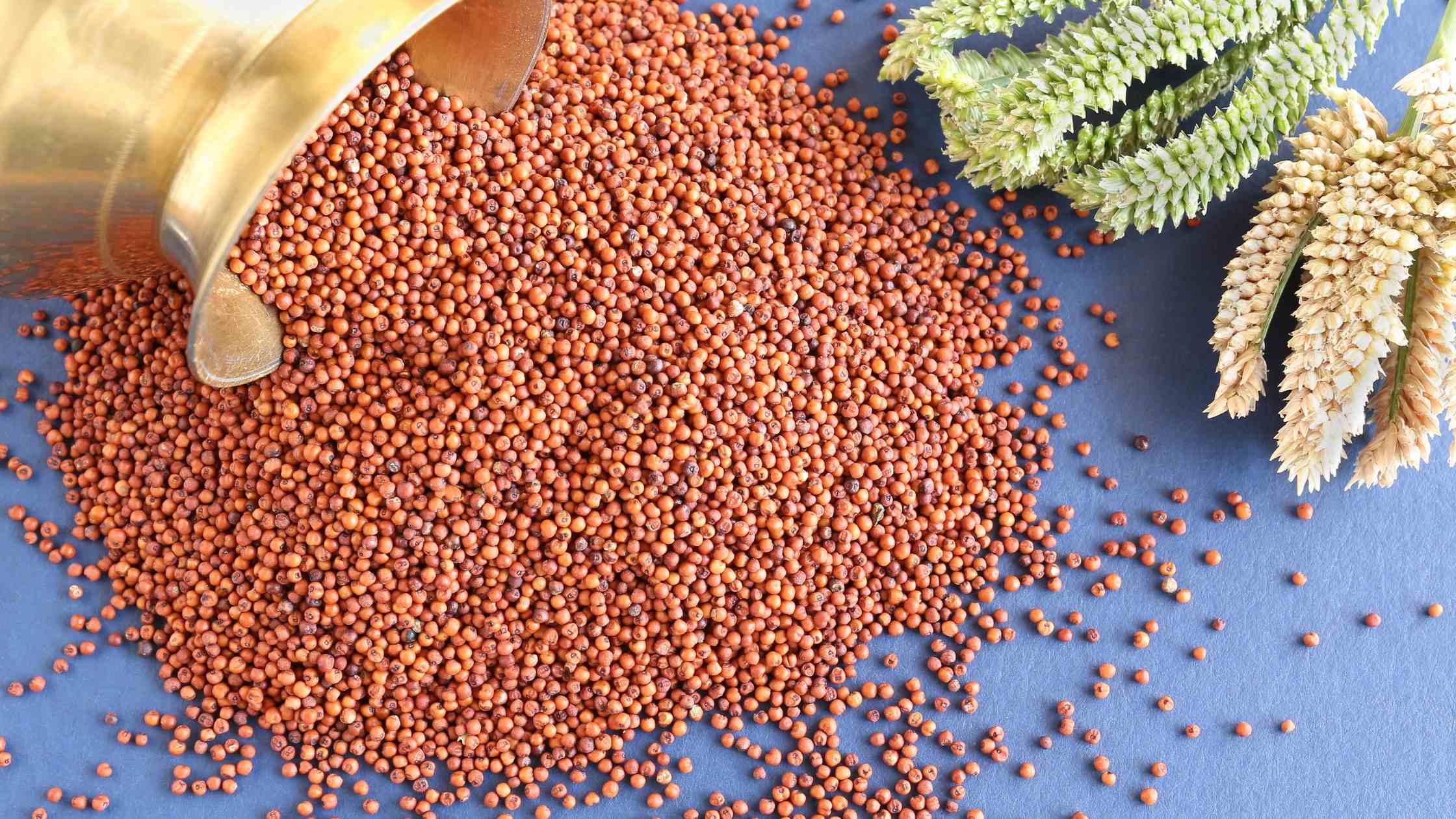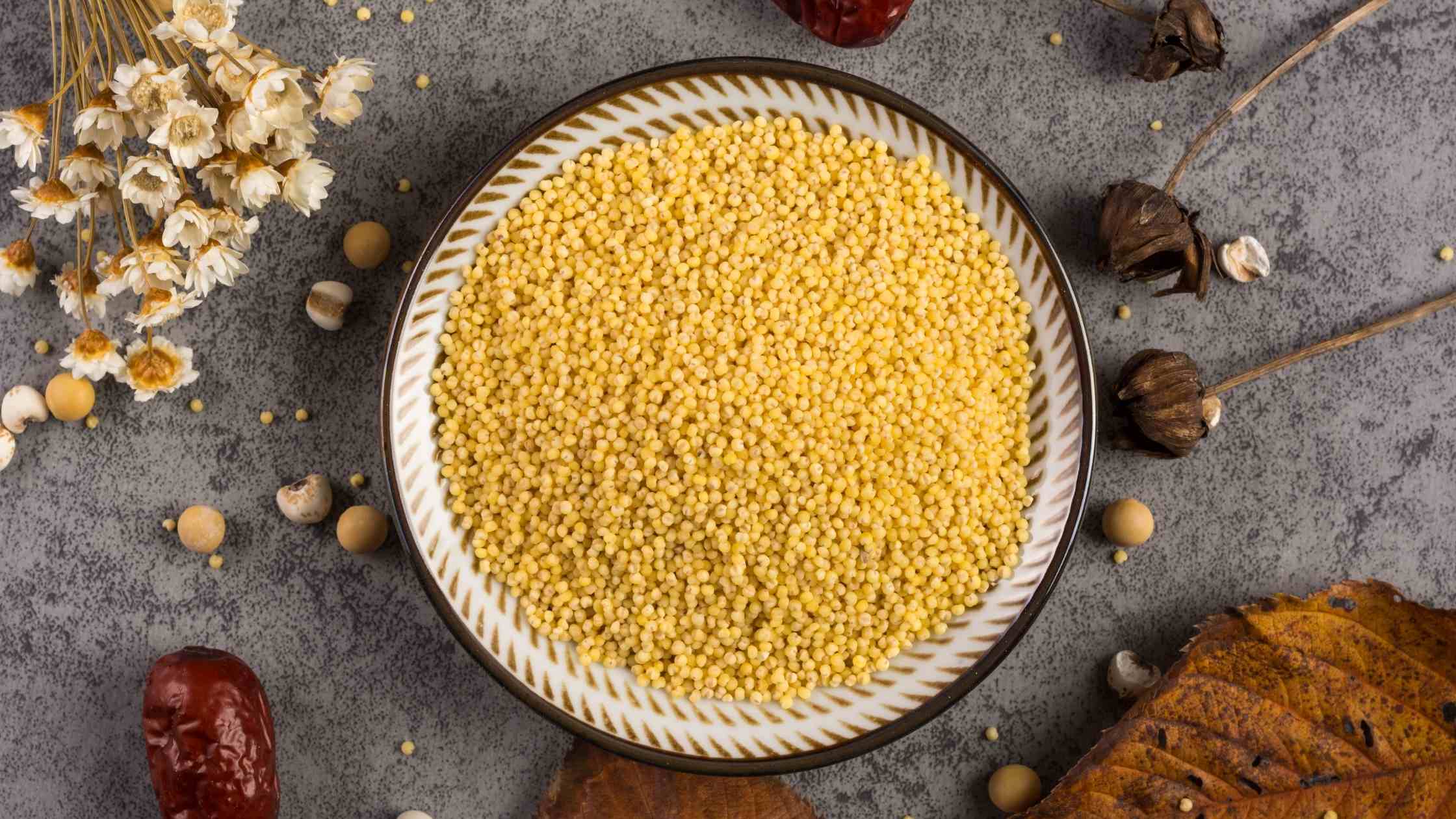How To Lose Belly Fat: 10 Simple Tips from a Dietician

“What to do” and “what not to do” to lose belly are the prime questions that are rolling out in the world of overweight or obese people.
The present market is engrossed with thousands of weight loss supplements due to a paradigm shift in people’s lifestyle that is from an active style of living to sedentary lifestyles.
Even the pattern of food system has changed from “what our ancestors used to eat” to “what we eat” which consequently predisposes the present population to various diseases and disorders especially obesity. Nowadays, one out of every third person is troubled with a problem linked to belly fat.
Fat is distributed throughout the body. So, the body is comprised of essential fat and storage fat.
Essential fat is distributed in small amounts in the muscles, bone marrow, lungs, heart, liver, and nervous tissues which is important for optimal functioning of the body.
In contrast, storage fat is the result of excess energy stored as adipose tissues beneath the skin and in the vicinity of internal organs. Hence, storage fat is the main culprit which is present around the abdominal region and designated as “belly fat”.
Moreover, fat distribution also decides body shape which can either be “Apple” or “Pear” shape.
When fat is distributed around the thighs and hips region, it gives a “Pear shape” to the body and the fat is stored as subcutaneous fat that can be pinched by fingers.
Whereas Apple shape of the body is due to fat distribution around the abdominal area as visceral fat which can be spotted and even measured by specific instrument but cannot be pinched like subcutaneous fat.
This abdominal fat or you can say belly fat is associated with certain metabolic disorders like diabetes, PCOS/PCOD, thyroid, hypertension and heart diseases.
So, in this article first, we look at the chief reasons behind the hidden belly fat and then we’ll find out the solution to the problem.
The reason behind the belly fat

1. Energy expenditure
When your daily calorie intake exceeds the energy expenditure then, these extra calories are reserved as storage fat.
If your food intake is too high and you are hardly doing any exercise then, you are likely to gain weight including the belly area.
2. Sedentary Lifestyle
Long sitting hour job or activity and binge eating behavior.
3. Age
Muscle mass decreases with age while fat mass may increase.
There may also be an an increase in belly fat in women who are moving towards the premenopausal or menopausal stage. Because during this period, estrogen level decreases and thus, influences body fat distribution.
4. Genetic factor
Research also shows that genes also play a role in belly fat accumulation.
Studies have shown that roughly 30 to 70 percent of the total variation in ab fat each person carries is inherited.
Specifically, the apple-shaped physiques are more likely to be passed down than other body types.
Hormonal Imbalance (HI)
Like in PCOS/ PCOD conditions. Where weight gain may be responsible for hormonal imbalance or you can say HI causes weight gain- including belly fat.
Steps to be taken to trim belly fat

1. What “Not to Drink” to what “to Drink”
Avoid sugar-sweetened beverages like coca-cola, Pepsi, limca, packaged fruit juices, fruit drinks and even coffee or tea with dairy products, sugars and other flavorings.
While you can drink plain water, plain brewed coffee, black tea infused with herbs or other different teas.
2. Detox your Body
Start your day with any of the detox drinks which help in cleansing your body by eliminating toxins from the body.
Some of the detox drinks you can easily prepare at home are aloe vera water, lemon and mint water, cinnamon water, shatavri water, ashwagandha water, apple cider vinegar, arjun ki chaal water etc.
3. Foods NOT to consume
As much as possible avoid picking up foods high in fat, salt, and sugar (HFSS). Also don’t grab foods made of refined flours like noodles, biscuits, maida bread, cakes, pastries, fried chips and several other sugary products.
Even brown bread because it is made of refined flour in which caramel is added to impart brown color.
Restrict the intake of all sugars even brown sugar because all the sugar provides the same amount of calories (i.e. 4 kcal).
4. Before you buy, read a food label
Educating yourself is the foremost step to lead a healthy and disease-free life. So, always read a label and look at the calories that specific food is providing.
Many a times, biscuits which label themselves as high in fiber actually contain more fat compared to plain marigold biscuits.
Surprisingly, some foods which are quoted as healthy like soups or any snack may contain mayonnaise, flavorings, sauces, thickeners, etc. which ultimately add calories.
Therefore, it is important to look at total calories, proteins, saturated fat content, trans-fatty acids, and other nutritional information.
5. If you cannot stick to a dietary regime, simply add wholesome foods
Switching to whole foods or plant-based diets like Whole pulses, sprouts, whole grain cereals, fruits and vegetables, nuts and seeds is the best way to keep you fit.
This will increase your daily fiber content and promotes weight loss. Consume atleast 3 servings of seasonal vegetables and 2 servings of whole fruits daily excluding sweet potatoes, cassava, and other starchy foods.
6. Inclusion of omega-3fatty acids
Add healthy fats in your diet like soybean oil, mustard oil, safflower oil, sesame oil, groundnut oil, almond oil, peanut oil, flax seeds, chia seeds and fish especially small fish as they are less contaminated with heavy metals.
7. Consume less salt
Keep salt intake to less than 5g per day which is equivalent to 1 teaspoon and use iodized salt.
8. Add fermented foods
Consuming fermented foods like kefir, buttermilk, curd, yogurt, tempeh, tofu etc can impart wonderful benefits.
You can add sprouted pulses or grains like barley, sprouted chana, moth dal, rajma, soybean etc. sprouts are high in vitamin c, folate, vitamin K, magnesium and proteins.
Further, they contain soluble fiber in ample amount which reduces the chances of constipation and promotes the growth of healthy bacteria in the gut.
Sprout consumption elevates the good cholesterol and decreases the bad cholesterol and total triglycerides which in turn, reduces the risk of heart diseases.
9. Limit alcohol intake and avoid smoking
Several recent studies have suggested that cigarette smoking and alcohol intake increases abdominal obesity.
10. Work out plan to lose belly fat
Do aerobic exercise atleast 30-45 min. daily. If you are beginners then start with brisk walking, followed by running, cycling, and skipping for 10-15 min. minimum.
After that, gradually increase your workout time and add other exercises like burpees, mountain climbers, squats, sumo squats, crunches, planks, bicycle abdominal exercise, and leg lift.
ABOUT THE AUTHOR

Neha Singh, Msc(Hon.) Food and Nutrition
Neha is a sports nutritionist who loves to write on topics related to nutrition and encourage healthy eating for a wholesome lifestyle.




